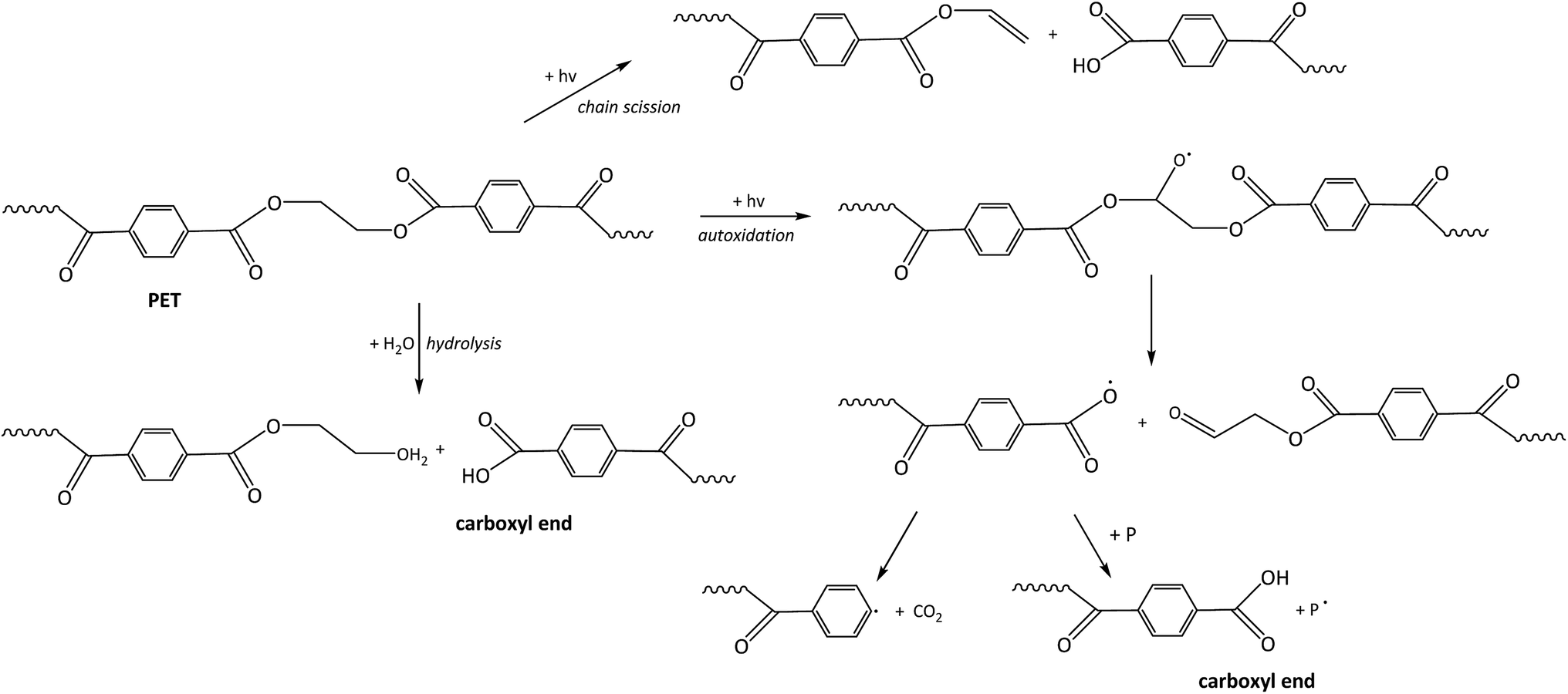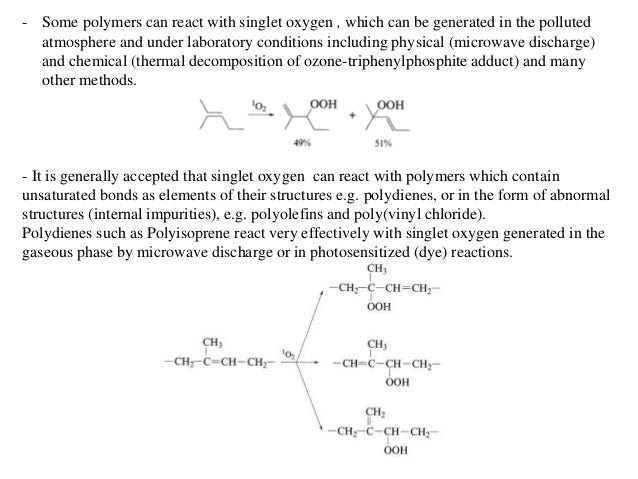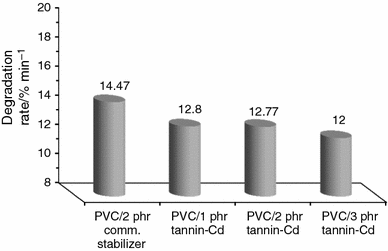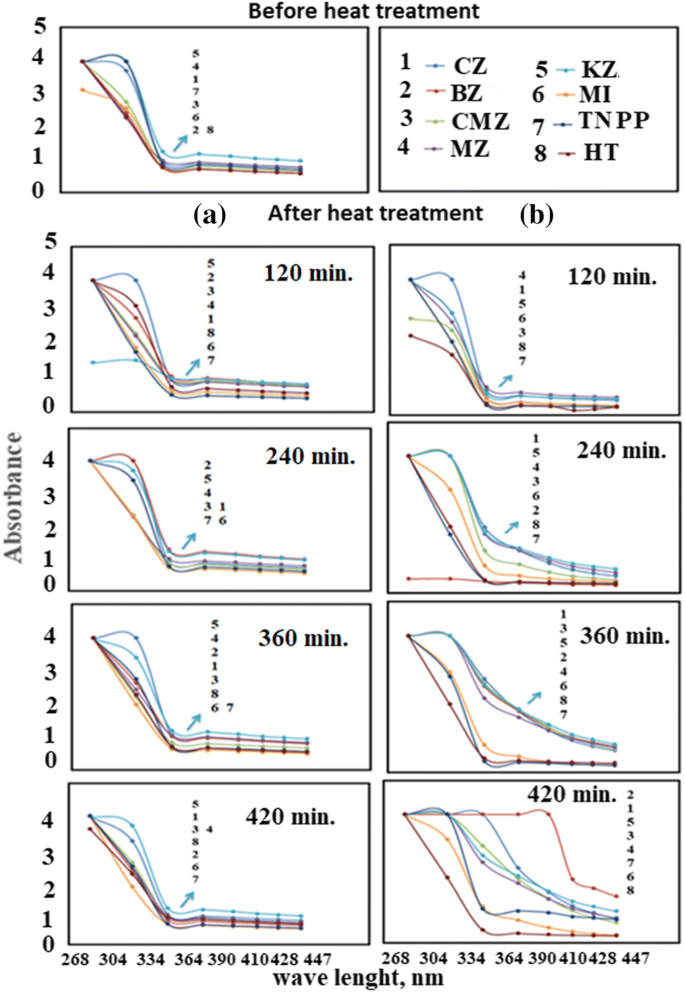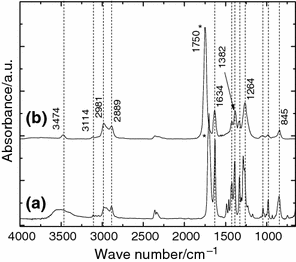Thermal Bond Vinyl Degradation
The kinetic analysis of dehydrochlorination and of.
Thermal bond vinyl degradation. The initial stage of thermal degradation is a random scission of the in chain ester linkage resulting in formation of a vinyl ester and carboxyl end groups. Abstract thermooxidative degradation of poly vinyl chloride pvc is inevitable during its processing. A degradation temperature of 300 c was used to study. Specifically the mechanism of the pvc thermal degradation at medium temperatures which is more practical for industries is still lacking.
Journal of macromolecular science part a 2013 50 2 208 214. Thermal properties degradation and stability of poly vinyl chloride predegraded thermooxidatively in the presence of dioctyl phthalate plasticizer. Phonograph discs are exposed to high temperatures during moulding and pressing. The thermal degradation of a sort of polyvinyl chloride was investigated.
In thermal degradation reaction of the main chain scission type of vinyl polymers such as poly methyl methacrylate pmma polystyrene ps polyisobutylene pib polypropylene pp and polyethylene pe we found that each elementary reaction of macroradicals is significantly influenced by the entangled reaction field formed by the polymer chain. Thermal degradation of vinyl polymers h the synthes and degradation of polystyrene containing thermally weak bonds d. Thennograms and derivative thennograms of nylon copolymer 100. Thermal expansion of luxury vinyl tile and plank flooring posted on july 13 2017 by flooring professionals administrator i am getting more and more complaints of lvt lvp epc and wpc products used in rooms with glass doors skylights or big window areas that are growing expanding and then gapping especially at the end joints.
Transesterification of the vinyl ester then occurs to give the vinyl alcohol which is transformed immediately to acetaldehyde. Complex processes for polyvinyl chloride degradation were evidenced. Salter by reacting living polystyrene with iodine polystyrenes have been synthesized which possess thermally weak links at known positions along the polymer chain. Unless stopped this heat would be a catalyst for ongoing dehydrochlorination which is the release of hydrochloric acid hcl from the pvc as a result of thermo degradation.
Suggested that thermal decomposition of pa6 starts with homolytic scission of the n alkylamide bond so that primary arnide nitrile vinyl and alkyl chain ends are generated scheme 7 1.










